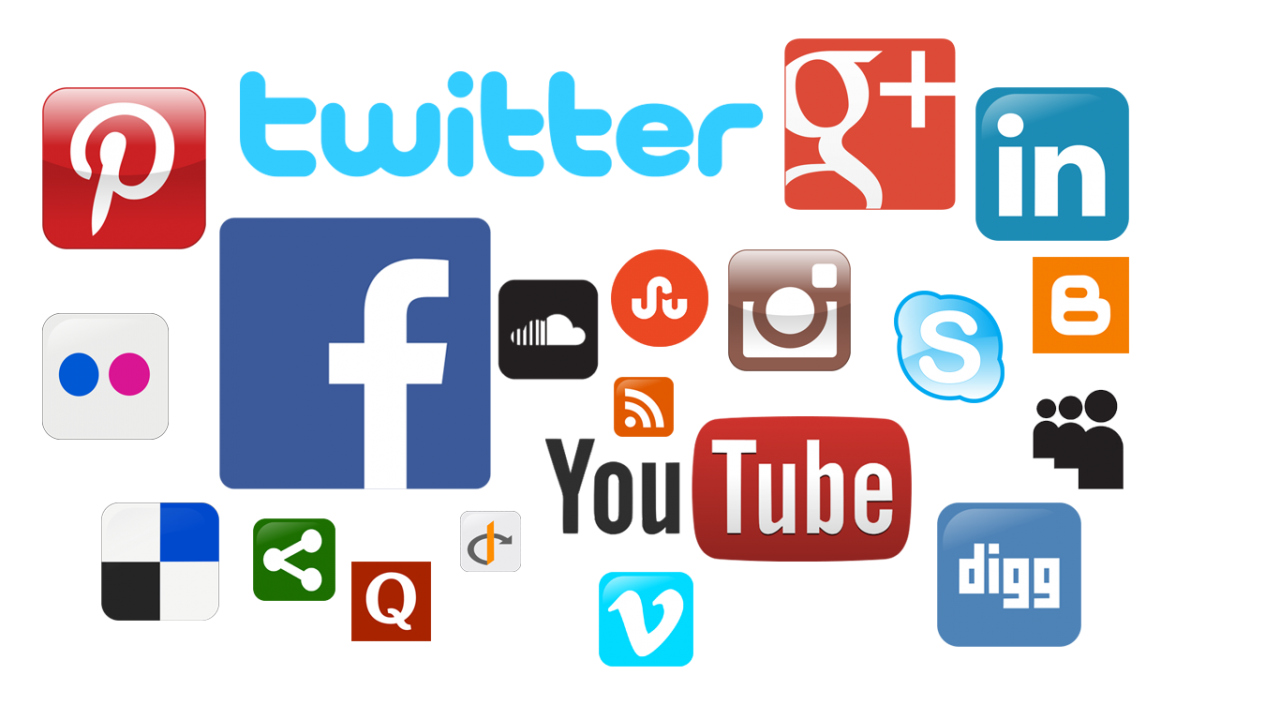
Social Media #SciComm
Social media can be a powerful tool for good, and for bad, especially in science. It offers the opportunity to connect with those in and outside your field across the world, and lets scientists share visually appealing aspects of their work like photography from fieldwork or microscopy images.

Twitter is a popular place for science communication, from outreach challenges like #FindThatLizard and #FreshVsSaltyFish to open discussions on current events and new papers. However, Twitter and social media in general can be an intimidating platform for science communicators.
Dr. Efraín Rivera-Serrano (@NakedCapsid) gave an inspiring seminar on the power of social media for science communication in October 2020 as part of the launch of the science communication training program for faculty at UC Davis. In it, he provided some tips to refine the use of social media for science communication. Here are some takeaways to help you get started.
First and foremost, find the right formula for a preferred platform, taking into account your audience, goal, and content as well as the style of delivery. There are plenty of social media platforms out there, like Twitter, Facebook, Instagram, TikTok, Snapchat and LinkedIn. Each platform has a unique audience and is suited for different types of content. We’ll focus on Twitter, which is a platform that many scientists use to communicate with each other and the public at large. Initially, when you first become active on social media, your audience (followers) will be scientists in the same field or colleagues you know in real life. This limits your “reach” with your communication, but as you follow and engage with others, your own follower count will grow and your “reach” will eventually extend to non-scientists. Twitter is a great place to engage with others outside of your circle. It’s a social platform, so remember to engage with others, and don’t just use it as a platform to broadcast a few sentences. Retweet to amplify other accounts, and comment on posts you are interested in.
A good rule of thumb is to be consistent with your content and ask yourself, “Would I like or retweet this?” when crafting your message.
Once you’ve settled on who your audience is, decide on a goal or a theme. For example, you could educate your audience , share literature, or curate scientific information, so craft your profile appropriately to achieve your goal . On your profile, include relevant credentials, affiliations and a sentence about yourself for your followers to know who they’re getting content from. Importantly, protect your job with a disclaimer! This can be as simple as “Tweets are my own” or “My opinions are my own and not the views of my employer.” While this is common practice, this won’t necessarily save your job if you tweet offensive content. With your profile created, it’s time to follow and engage. You can start by following people you know or know of in your field as well as scientific journals or other science communication outlets. Engage your followers by crafting messages to share a new paper, promote opportunities, or simply share a research woe; it’s important to make the message interesting and relatable. Don’t be afraid to like and retweet either to boost visibility of important messages or findings. A quote tweet is always better than a retweet because you can add your input to the conversation as an independent tweet rather than a reply. Take advantage of relevant hashtags and tag appropriate people to help spread your message. For instance, if you’re sharing a new finding from the lab, tag the people who did the work.
These are great tips to get started, and there are many successful science communicators on Twitter. But tweeter, beware: social media can be an unforgiving place. If a post shares incorrect or insensitive information, you run the risk of being “cancelled” (if you have lots of followers) and/or decrease your credibility. Many Twitter users save screenshots to record conversations in the event that the original posts are deleted. So be aware, nothing is ever truly deleted and it may come back to haunt you. If it’s a small mistake, it will most likely be forgiven and made up with a correction; more egregious errors will live on. So, be professional and positive in your communication. See below for some science Twitter accounts to get started, and happy communicating!
Sydney Wyatt is a PhD student at the University of California in Davis. For more content from the UC Davis science communication group "Science Says", follow us on Twitter @SciSays.
Some Twitter science communicator recommendations (in no particular order):

Comments